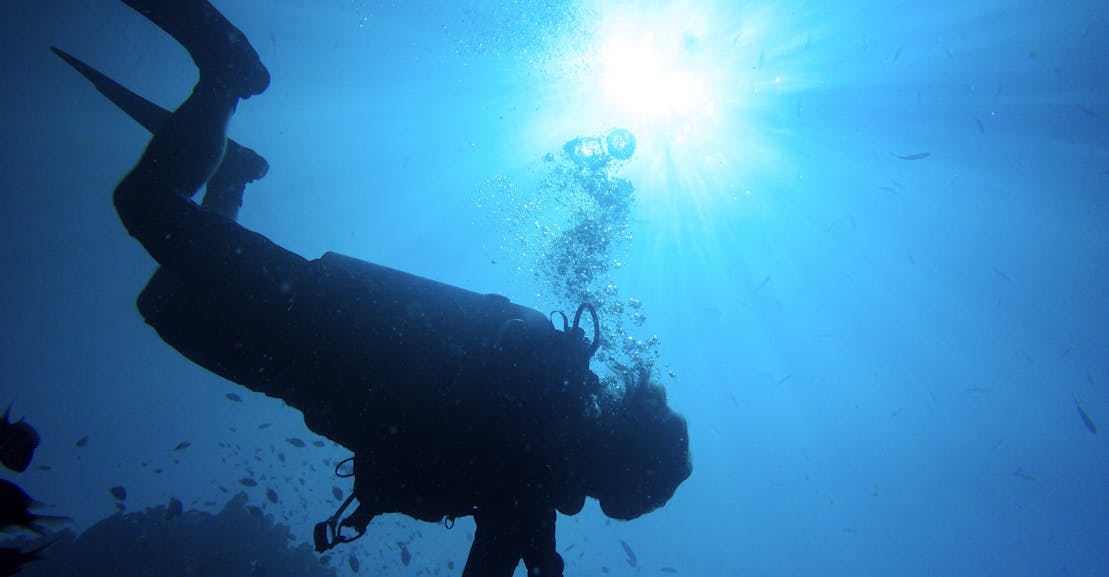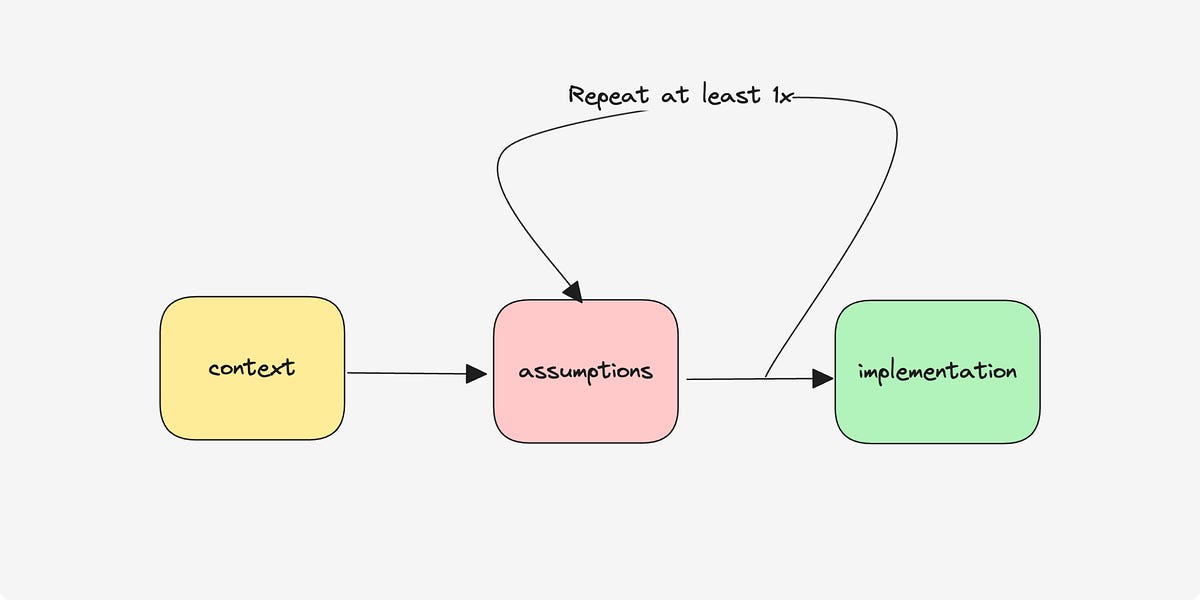
Review: “The Brilliant Abyss” Illuminates the Crucial, Little Understood Science of the Deep | The New Republic
In her 1951 book The Sea Around Us, Rachel Carson wrote that when she imagined the seafloor, “the single, overwhelming fact” that captured her imagination was “the accumulation of sediments.” The seafloor builds up through “the steady, unremitting, downward drift of materials from above, flake upon flake, layer upon layer,” over millions of years; geological change happens over time spans so long it is almost impossible to imagine. “The sediments,” she wrote, “are the materials of the most stupendous ‘snowfall’ the earth has ever seen.”
Carson was writing at a moment of unprecedented discovery. In 1952, scientists Noboru Suzuki and Kenji Kato of Hokkaido University climbed into an improbably small metal contraption named Kuroshio, dangled off the edge of legendary research vessel Oshoro Maru II, and investigated the phenomenon that Carson had described. While hanging around 50 meters below the surface, Suzuki and Kato photographed white matter falling. When the scientists analyzed their samples, it turned out to be made of dead phytoplankton and zooplankton, along with their bodily waste, bound in a sticky glue of molecules shed by organisms down to the size of bacteria. Noting Carson’s description, they dubbed the phenomenon “marine snow” in a 1953 paper.
This story of marine snow appears in Helen Scales’s new book, The Brilliant Abyss: Exploring the Majestic Hidden Life of the Deep Ocean, and the Looming Threat That Imperils It, a natural history of the seabed, which necessarily includes large sections on what we don’t know. The earth’s biosphere is, Scales explains, more than 95 percent made up of the deep sea: “Everything else—the forests and grasslands, rivers and lakes, mountains, deserts, and shallow coastal waters—is collectively outstripped in terms of sheer volume by those colossal reaches of the oceans that lie below the blue surface.” So the book’s purview is technically all of history, but the incredible paucity of interaction people have had with the deep sea means that most of the information here takes the form of news delivered as a dire, last-minute warning.



















